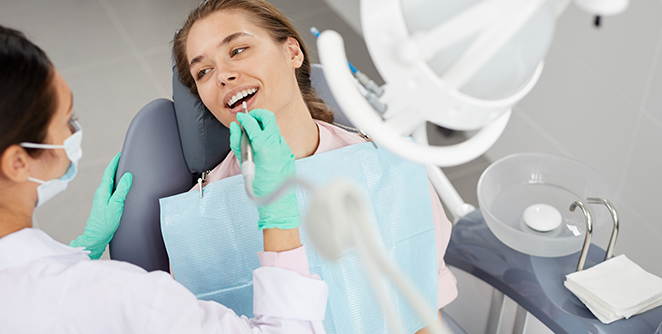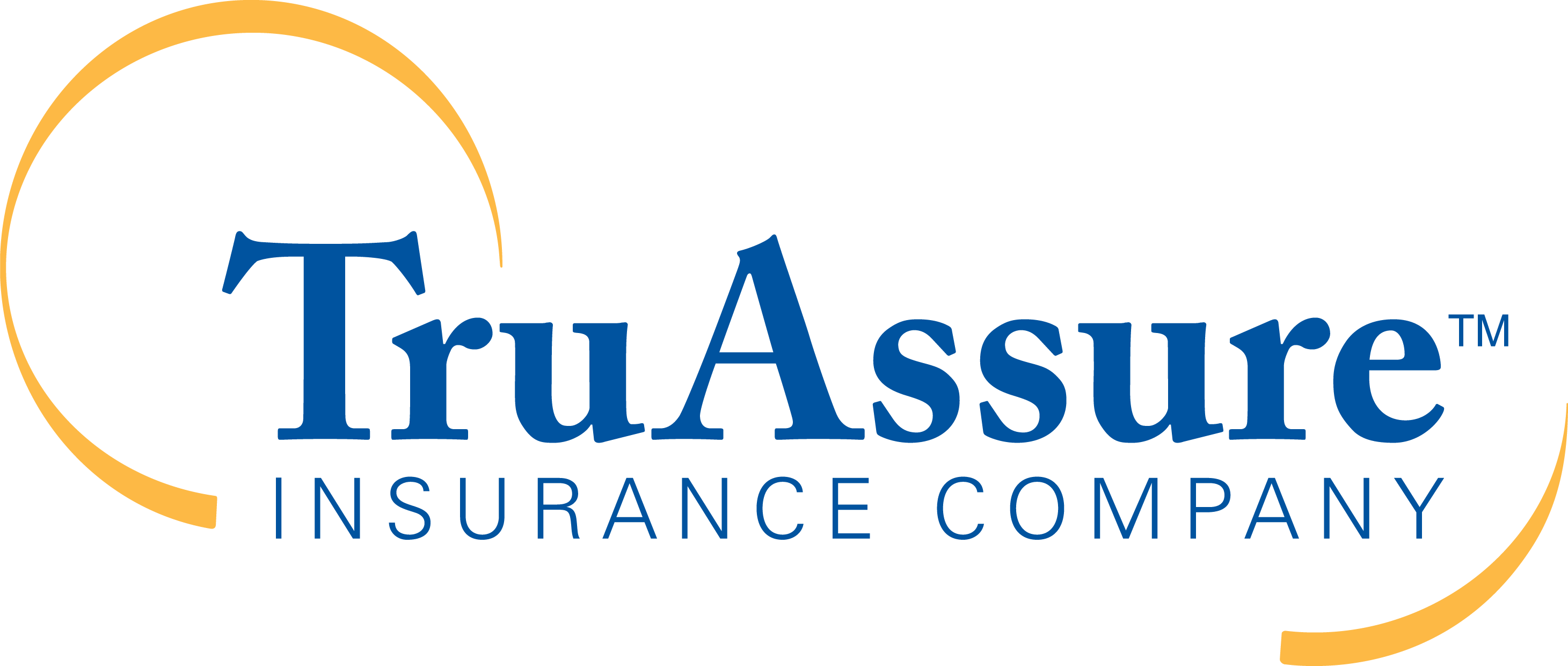Dental cleanings explained

Even with good at-home oral health routines, going to the dentist for regular cleanings is an essential part of keeping your smile healthy. Visiting the dentist for preventive care can also help avoid the need for more costly oral health procedures.
What happens during a dental cleaning?
Trained dental hygienists use tools to clean your gums and teeth professionally. They check for signs of gingivitis (inflamed gums) and cavities and make note of any problem areas for the dentist to examine.
As part of a dental cleaning, a scaler is used to remove plaque and tartar around your gum line. Scraping sounds are normal, but let your hygienist know if you are uncomfortable or feel pain. While flossing and brushing can keep plaque from hardening and becoming tartar, it can only be removed during a dental cleaning. If your hygienist spends a long time cleaning your teeth, they might encourage you to start brushing and flossing more often. Recommendations include brushing for two minutes twice a day and flossing once per day.
Hygienists then use a high-power electric brush and gritty toothpaste to clean each tooth. The texture gently scrubs your teeth and provides a “polishing” effect. If done by a professional, this polishing is safe up to three times a year. However, it will wear down your teeth’s enamel if done more often than that. The next step in cleaning is flossing, which might seem pointless if you already do this daily. However, your hygienist can get further between your teeth and locate any problem spots.
The last step is a rinse to eliminate any leftover toothpaste or debris. At this point, your hygienist might recommend a fluoride treatment. These treatments are not required, but some individuals might benefit from the increase in fluoride. Your dentist can determine what is best for your oral health. Be sure to double check your plan benefits for more information on fluoride treatment coverage.
Why get regular dental cleanings?
It’s essential to visit the dentist for preventive cleanings at least twice a year. Many TruAssure plans cover up to three visits annually. Other carriers might not offer similar benefits. Please take advantage of professional cleanings at no additional cost, especially when covered by your dental plan.
Regular dental visits also are essential to good oral and overall health. During a routine dental exam, your dentist can help detect more than 120 health conditions – including heart disease, diabetes, and oral cancer. In addition, early detection can reduce the need for costly procedures or other interventions later – saving you money and protecting your smile down the road.
We’re already more than halfway through the year, so schedule a preventive checkup and cleaning with your dentist if you don’t have an appointment on the calendar. The dentist can help you maintain a healthy smile and improve your overall health. Use our “Find a Provider” search tool to find a network dentist and schedule your next dental appointment.


Add comment